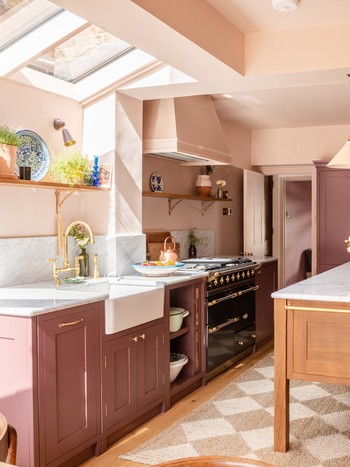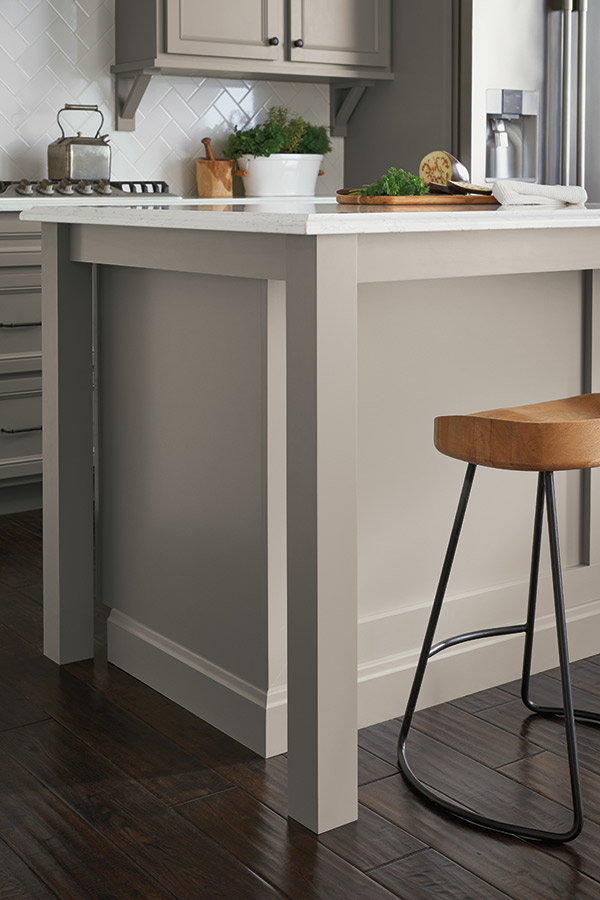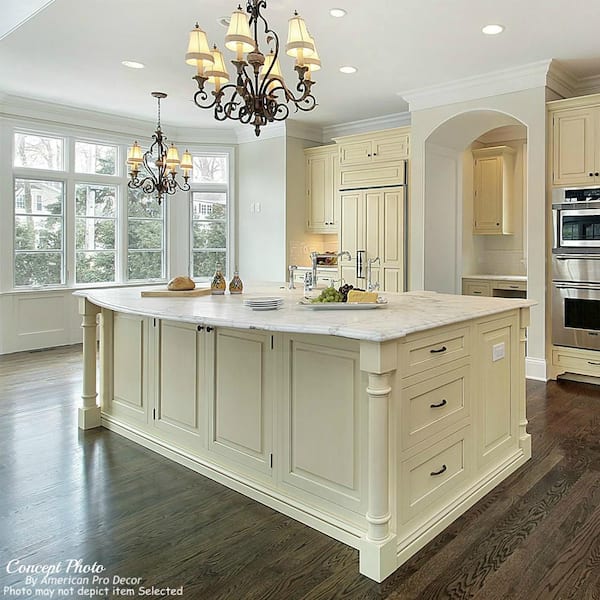Transform Your Kitchen's Appearance with One-of-a-kind Legs For Kitchen Island Devices
Transform Your Kitchen's Appearance with One-of-a-kind Legs For Kitchen Island Devices
Blog Article
Crucial Aspects to Consider When Picking Legs For Kitchen Area Island
Picking the suitable legs for a kitchen area island includes a cautious assessment of several elements that can substantially influence both functionality and aesthetic charm. Among these, the selection of material plays a pivotal duty in making sure durability, while the style has to match the existing decor. Considerations such as height and weight support are essential for security and comfort. As we explore these aspects, it ends up being clear that each decision can have significant implications for the general kitchen experience. What nuances should be thought about in each of these groups to achieve the perfect balance?
Product Options
When choosing legs for a kitchen island, recognizing the different product choices is vital for accomplishing both aesthetic allure and structural stability (Legs For Kitchen Island). The option of material significantly influences not just the sturdiness of the island but also its overall style and functionality
Metal legs, usually made from stainless steel or functioned iron, add a modern and industrial feeling while making certain longevity and stability. These products are resistant to wear and can sustain considerable weight, making them excellent for bigger islands.
An additional alternative is engineered products, like MDF or plywood, which can be more affordable while still using a variety of surfaces. They might not supply the same degree of security as solid timber or metal. Legs For Kitchen Island. Products such as acrylic or glass can develop a contemporary appearance, though they might require added assistance to make sure security.
Eventually, the choice of material for cooking area island legs should align with the preferred performance and the general theme of the cooking area.
Design and Design

When thinking about style, the shape and surface of the legs are essential. Tapered legs can provide a feeling of lightness and beauty, while thicker, much more robust legs can share strength and security. In addition, the surface-- be it repainted, discolored, or natural-- need to complement the cabinets and countertop products to develop a unified appearance.
Moreover, the design of the legs can additionally mirror individual preference. Customized or decorative legs, such as those featuring intricate carvings or special geometric shapes, can work as focal points, adding personality and character to the kitchen area. Inevitably, the ideal choice will not only boost performance but additionally boost the aesthetic charm, making the kitchen island a standout function of the home.
Height Considerations
Selecting the proper elevation for kitchen island legs is essential, as it directly impacts both functionality and comfort. The common height for a kitchen island typically varies from 36 to 42 inches, aligning with common kitchen counter elevations.

It is additionally important to make up users' heights and choices. Tailoring the elevation can ensure a comfy experience for all member of the family, making the cooking area island a much more functional and delightful area.
Weight Support
Guaranteeing adequate weight support for kitchen area island legs is important for both security and performance. The kitchen area island frequently offers numerous purposes, including cooking, eating, and added storage space, demanding a durable assistance structure. When choosing legs, it is critical to consider the general weight capability needed based upon the island's planned use and the materials that will be positioned on it.
The option try this of material for the legs plays a considerable function in their weight-bearing capabilities. Solid wood, steel, and heavy-duty composites generally provide exceptional strength contrasted to lighter products. Furthermore, the design of the legs-- whether they are straight, tapered, or have a pedestal kind-- can affect their capability to distribute weight effectively across the structure.
Moreover, the leg placement must be strategically prepared to boost security. Legs placed at the corners or with a bigger base can much better sustain larger tons. Always get in touch with the supplier's specs regarding load limitations to make certain that the legs can maintain the designated weight without compromising safety and security. In recap, selecting kitchen great site island legs with sufficient weight support is necessary for developing a risk-free and useful culinary space.
Setup and Maintenance
Proper installation and maintenance of cooking area island legs are critical for making certain long life and security. This frequently involves safeguarding the legs to the island base utilizing appropriate fasteners, guaranteeing that the legs are degree and lined up.
When mounted, regular upkeep is required to protect the integrity and appearance of the legs - Legs For Kitchen Island. For wood legs, periodic cleaning with a moist towel and application of suitable timber polish can stop moisture damage and preserve their finish. Steel legs might call for a gentle cleaning solution to get rid of oil and gunk, followed by a completely dry towel to prevent rust formation
Furthermore, examine the legs frequently for signs of wear or damages, such as fractures or loose joints. Tightening up screws or bolts as required can additionally lengthen the lifespan of the legs. By sticking to these installment and upkeep practices, homeowners can guarantee that their kitchen area island remains sturdy and aesthetically appealing for several years ahead.
Verdict

Visual coherence is vital in picking the style and design of legs for a kitchen island, as these elements significantly influence the overall atmosphere of the area. Tapered legs can provide a feeling of agility and beauty, while thicker, more robust legs can convey toughness and stability.Selecting the proper elevation for cooking area island legs is critical, as it straight affects both capability and comfort. In summary, picking kitchen area island legs with adequate weight support is necessary for creating a functional and safe culinary area.
In verdict, selecting legs for a cooking area island necessitates cautious important link consideration of different elements, including product options, design, height, weight support, and setup.
Report this page